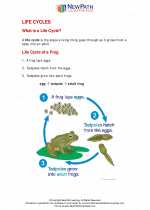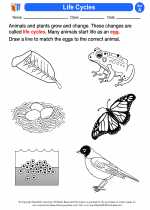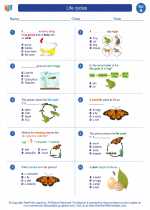Cell Membrane Study Guide
What is a Cell Membrane?
The cell membrane, also known as the plasma membrane, is a thin, semi-permeable barrier that surrounds the cell. It is composed of a double layer of phospholipid molecules with embedded proteins.
Structure of the Cell Membrane
The cell membrane is primarily made up of phospholipids, which have a hydrophilic (water-attracting) head and hydrophobic (water-repelling) tail. The phospholipids arrange themselves in a bilayer, with the hydrophobic tails facing inward and the hydrophilic heads facing outward.
The membrane also contains various proteins that are either embedded within the phospholipid bilayer or attached to the surface of the membrane.
Functions of the Cell Membrane
1. Protection: The cell membrane provides a protective barrier that separates the internal environment of the cell from the external environment.
2. Regulation of Transport: It regulates the movement of substances such as ions, nutrients, and waste products in and out of the cell.
3. Cell Recognition: The proteins on the cell membrane help the cell to recognize and communicate with other cells.
4. Cell Signaling: The membrane proteins are involved in transmitting signals from the external environment to the cell's interior.
Fluid Mosaic Model
The structure of the cell membrane is often described by the fluid mosaic model, which illustrates the dynamic and fluid nature of the membrane. This model emphasizes that the components of the membrane, including phospholipids and proteins, can move laterally within the membrane.
Importance of the Cell Membrane
The cell membrane is essential for the survival and proper functioning of the cell. It maintains the cell's internal environment, allows for communication with other cells, and facilitates the transport of essential molecules.
.◂Science Worksheets and Study Guides First Grade. Life cycles

 Activity Lesson
Activity Lesson
 Worksheet/Answer key
Worksheet/Answer key
 Worksheet/Answer key
Worksheet/Answer key
 Worksheet/Answer key
Worksheet/Answer key
 Worksheet/Answer key
Worksheet/Answer key
 Worksheet/Answer key
Worksheet/Answer key
